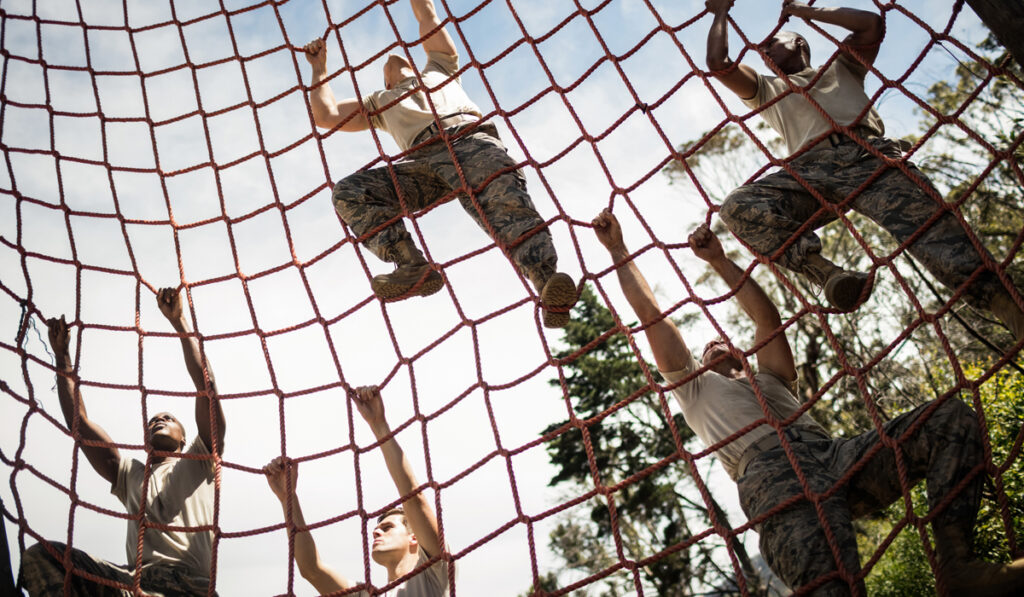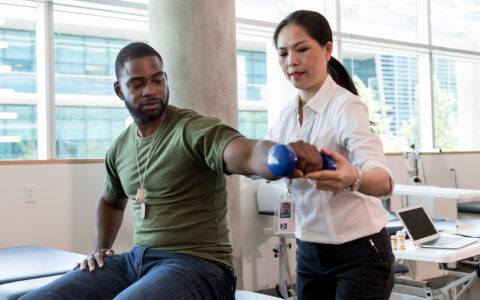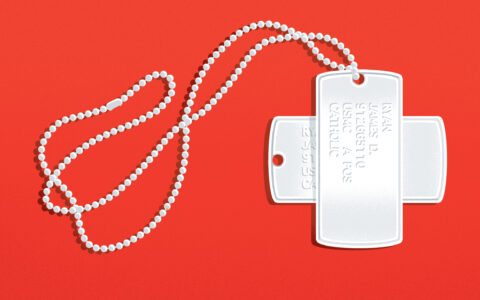With high-intensity interval training (HIIT) programs driving pronounced physical fitness improvements in various populations, the Department of Defense is supporting research on how the fitness program may help injured warfighters recover more quickly and completely.
Kristin R. Archer, Ph.D., director of the Center for Musculoskeletal Research at Vanderbilt University Medical Center, has joined forces with a research team from the University of Kentucky on a randomized controlled trial of civilian patients with femoral or tibial fractures. The investigators will begin recruiting participants for their HIIT treadmill program in January at both sites. With positive outcomes in the civilian population, the program may be transitioned to the military population after the initial pilot work is complete.
“Ultimately, we are all looking to HIIT intervention for restoration of gait symmetry and to ensure a high percentage of warfighters return to duty with improved functional abilities,” Archer said.
With a background in pain management for orthopaedic patients, Archer is also providing the psychosocial evaluation piece for the study.
“I’m helping the team think through how we get people to engage, to stay in this type of intervention,” she said. “Plus, since we know that these patients’ mental health impacts how they do after surgery, we will also be asking, ‘Are we reducing fear and helping their mental health?’”
Limited Return to Duty
Following long bone fracture of the femur or tibia, only 52 percent of patients with good fracture union return to any form of work within six months. At 12 months, 47 percent report continued obstacles to work function from physical disabilities.
Long-term limitations in physical function from traumatic injury directly contribute to reduced Department of Defense operational readiness and cost the U.S. military billions of dollars.
“Are we reducing fear and helping their mental health?”
Pilot studies at the University of Kentucky tested patients’ limb loading rate, impulse, stance time and knee-flexion excursion, finding results below those of healthy controls. Their work showed that about half of patients with a long bone fracture fail to bear sufficient weight on the injured limb after surgery, resulting in gait deviations, Archer explains. On a long-term basis, these patients demonstrate a slower gait speed as compared to healthy adults.
HIIT and Gait
This preliminary work is also the first to examine how rehabilitation protocols may be limiting return to normal function, Archer says. While physical therapy focuses on strengthening exercises and walking, early limb loading through HIIT is thought to stimulate healing and callus formation through the process of mechanotransduction. In addition, the team’s premise is that moving into an intense physical program early helps reduce patients’ fear and hesitancy about getting back to their normal level of function.
A structured program may be necessary to accomplish this, since studies show that despite encouragement to bear weight as tolerated after surgery, patients in rehabilitation typically only put 51 percent of their body weight on the injured limb. This bias to protect the limb alters gait patterns.
“We are asking if HIIT can help modify a patient’s psychosocial response.”
The new study will test the hypothesis that manipulating gait speed through a HIIT intervention restores load symmetry between the two legs, resulting in better recovery of function, patient-reported outcomes and return-to-work rates.
While studies of other populations, such as stroke survivors, show that manipulating gait speed during treatment improves gait mechanics, function and quality of life, this study extends such research to the orthopedic trauma population.
Assessing Impact
The treadmill-based HIIT training program will begin six weeks out from surgery, for three sessions a week, over a four-week period. Loadsol® instrumented insoles will be inserted in participants’ shoes to assess limb load symmetry.
The team will assess physical function at each study point to determine self-reported ability to complete physical activities of daily living and aerobic activities. Psychosocial assessment will be conducted through questionnaires to reveal the intervention’s impact on people’s fears, anxiety and distress.
Body and Soul
A person’s psychological response to trauma contributes to chronic pain and worse outcomes as reported by patients. “We are asking if HIIT can help modify a patient’s psychosocial response, and if so, will this help them move toward full weight-bearing early on,” Archer said.
She says the biggest hurdle is patients’ fears of moving too fast and concerns that an increase in pain is a negative sign.
“We assess heart rate and pain level and exertion throughout the entire intervention, so we have an objective measure of their pain,” she said.
“This HIIT intervention is a two-way street from the mental health perspective: higher confidence leads to better healing, and better healing leads to higher confidence.”





